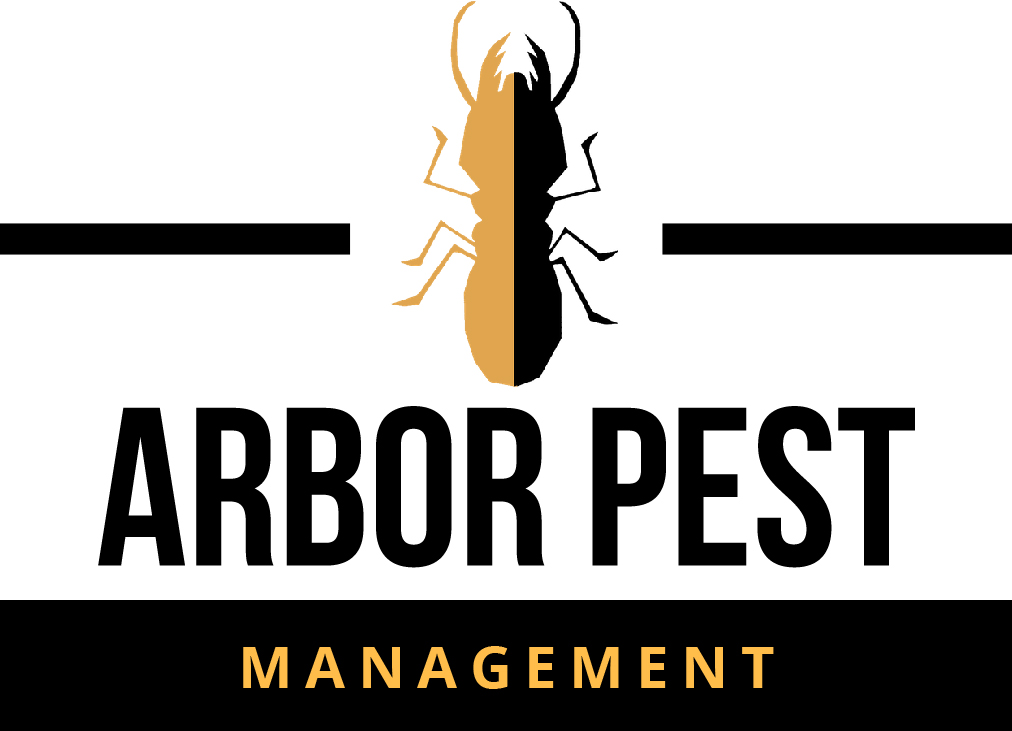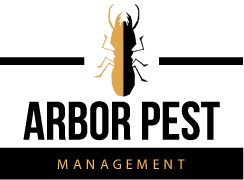Subterranean Termites
Subterranean termites are a silent but destructive force that can cause significant damage to your home. These hidden invaders are responsible for billions of dollars in property damage each year in the United States alone. In this article, we'll discuss the biology and behavior of subterranean termites, how to identify their presence, and how to protect your home from these wood-destroying pests. For expert assistance, consult the professionals at Arbor Pest Management.
Section 1: Understanding Subterranean Termites
Subterranean termites are social insects that live in underground colonies, often numbering in the hundreds of thousands. They are divided into three main castes: workers, soldiers, and reproductives. The workers are responsible for feeding the colony and causing damage to wood structures, while soldiers protect the colony from predators. Reproductives, which include the king and queen, are responsible for reproduction and colony expansion.
These termites require moisture to survive, and their colonies are typically found in the soil. They build mud tubes, also known as shelter tubes, to travel from their colony to their food source while remaining protected from predators and desiccation.
Section 2: Identifying Subterranean Termites
It's essential to detect subterranean termites early to prevent extensive damage to your home. Look for the following signs of infestation:
- Mud tubes: These pencil-sized tunnels are made of soil, wood, and termite feces. They can be found on foundation walls, floor joists, and other structural elements of your home.
- Damaged wood: Tap the wood with a screwdriver. If it sounds hollow or you can easily penetrate the surface, it could be a sign of termite damage.
- Swarmers: Reproductive termites, or swarmers, leave the colony to mate and establish new colonies. If you find discarded wings near your home, it could indicate a termite infestation.
Section 3: Protecting Your Home from Subterranean Termites
To protect your home from subterranean termites, follow these prevention tips:
- Reduce moisture: Fix leaks, clean gutters, and ensure proper drainage around your home to keep the soil dry.
- Maintain a barrier between wood and soil: Keep wood structures at least 6 inches away from the ground, and use termite-resistant materials like metal or concrete for foundations.
- Remove food sources: Store firewood and lumber away from your home and off the ground, and eliminate wood debris from your yard.
- Schedule regular inspections: Hire a professional pest control company, like Arbor Pest Management, to inspect your home for termites and other pests.
Subterranean termites can cause extensive damage to your home if left unchecked. By understanding their biology and behavior, being vigilant for signs of infestation, and taking preventive measures, you can protect your home from these destructive pests. For expert assistance with termite prevention and control,






